TRANSIT COOPERATIVE RESEARCH PROGRAM
While some transit agencies are comfortable dealing with large volumes of information from multiple social media platforms, online surveys, crowdsourcing, and specialized applications, others are just starting to engage with customers through Twitter. There is a concern in the transit industry about the disparity of knowledge and experience with web-based feedback tools. Therefore, this report is designed to enhance and expand the use of web-based feedback to improve service by agencies at all levels of experience.
Posts Tagged ‘Transportation Research Board’
Using Web-Based Rider Feedback to Improve Public Transit
Friday, June 5th, 2015Indirect Benefits of State Investment in Public Transportation
Thursday, April 9th, 2015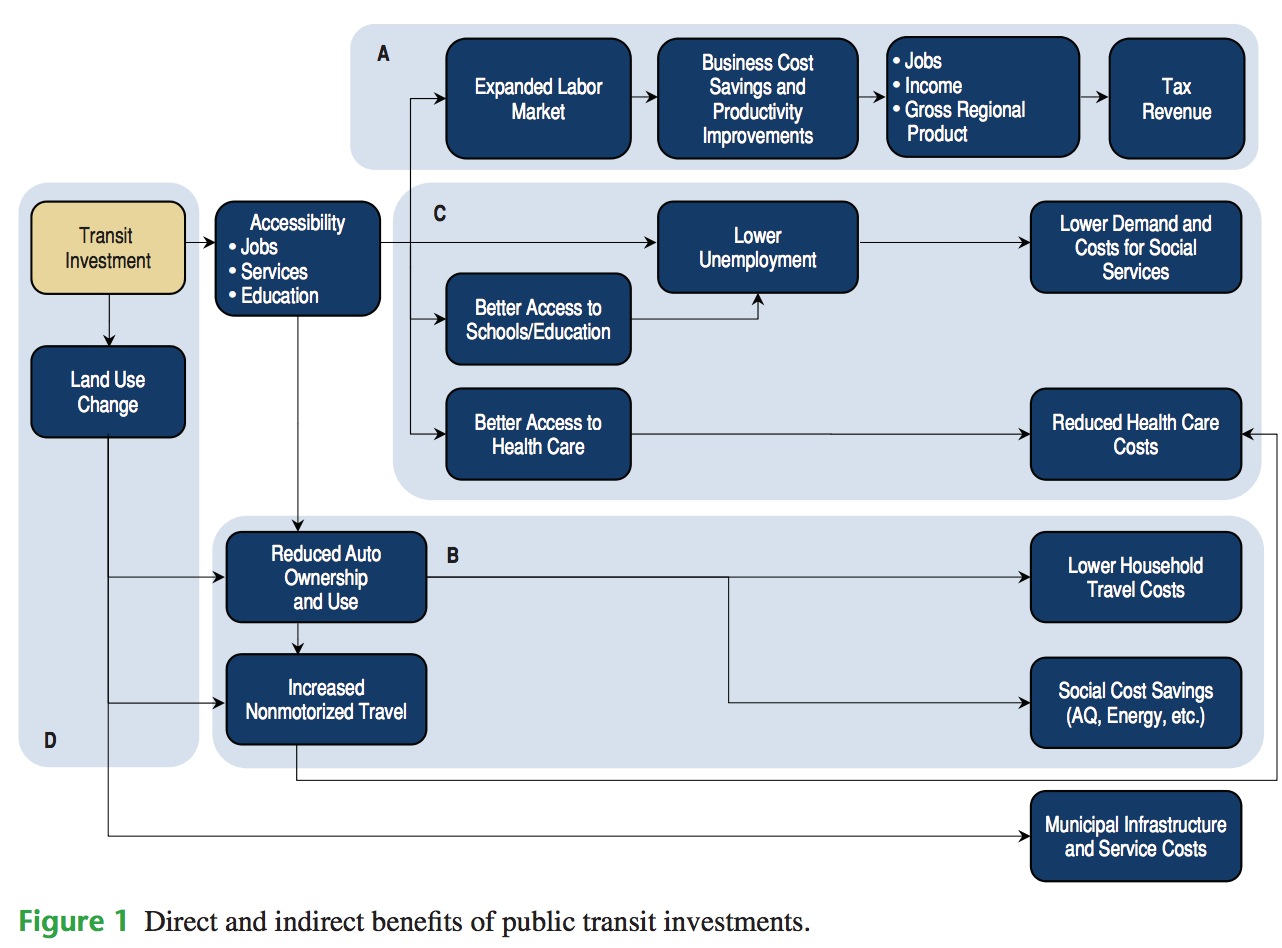
NATIONAL COOPERATIVE HIGHWAY RESEARCH PROGRAM
An additional, indirect impact that has seen less consideration in transit program and project planning is the potential cost savings to other government programs that result from the benefits provided by transit. These indirect benefits can result from improved access to jobs, health care, and education, which can reduce the demand for government services.
Open Data: Challenges and Opportunities for Transit Agencies
Wednesday, March 18th, 2015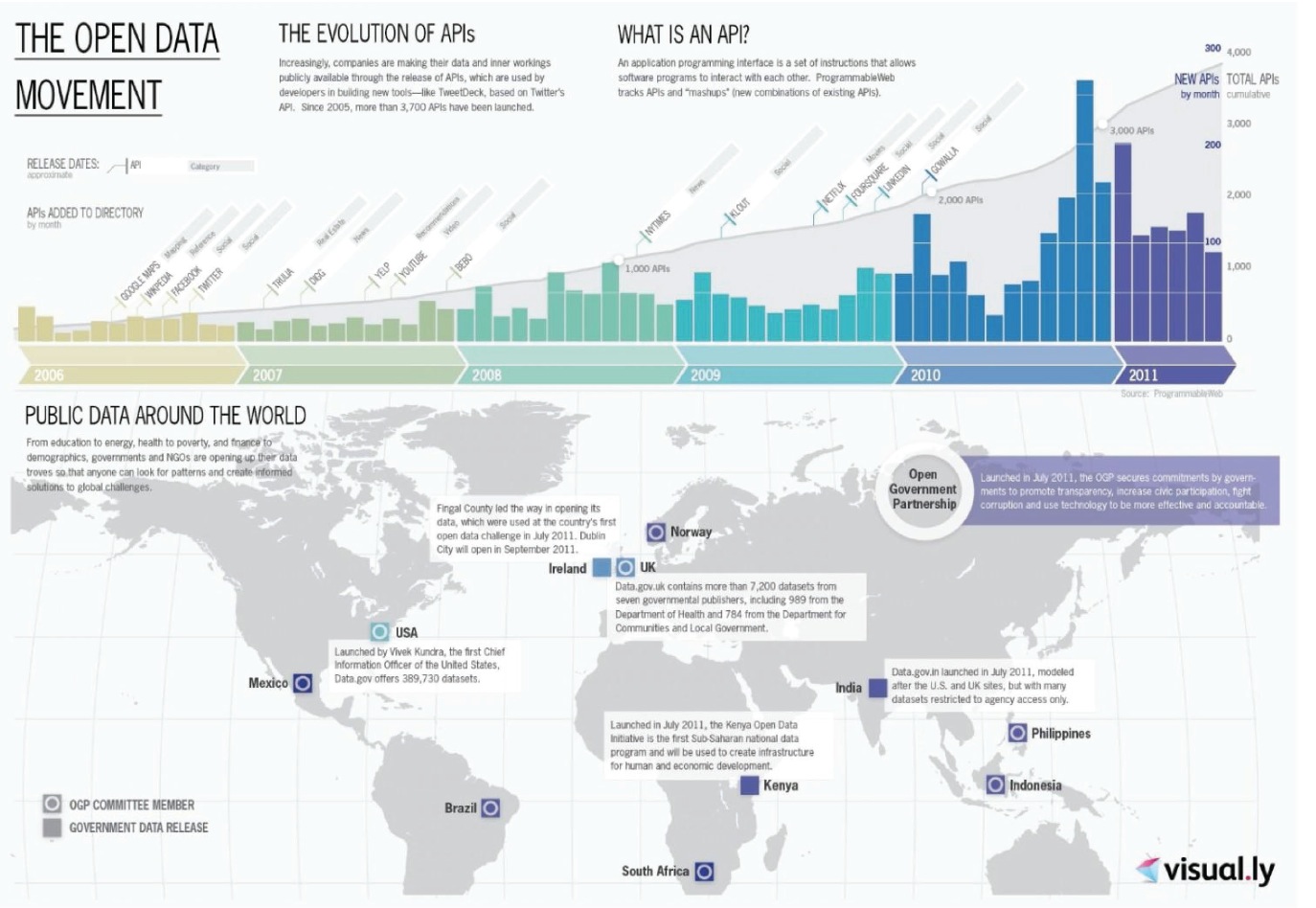
TRANSPORTATION RESEARCH BOARD
In the past 5 years, more and more transit agencies have begun making schedule and realtime operational data available to the public. “Open data” provide opportunities for agencies to inform the public in a variety of ways about transit agency services…The purpose of this synthesis is to document the current state of the practice and policies in the use of open data for improved transit planning, service quality, and customer information; the implications of open data and open documentation policies; and the impact of open data on transit agencies and the public and private sectors.
Portland Metro: How Much Travel-Time Reliability Matters
Friday, February 27th, 2015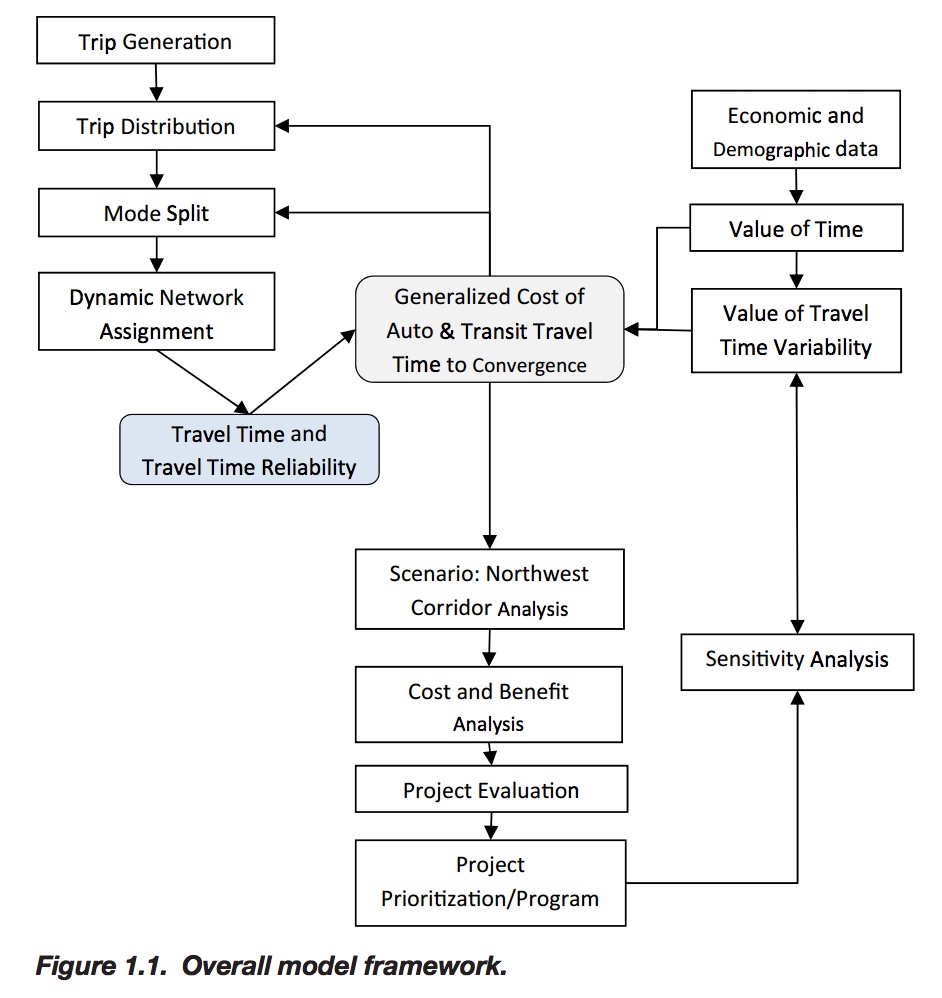
TRANSPORTATION RESEARCH BOARD
More than 10 scenarios were identified and modeled in this project. The analysis results indicate that both bus rapid transit and variable message signs contribute to improved reliability for the Southwest Corridor when the performance over multiple modes and facilities is being considered. Bus rapid transit contributes to improved corridor performance by increased ridership due to higher reliability, and variable message signs contribute to improved corridor reliability by balancing the arterial and freeway flow via information dissemination.
Balancing Airport Stormwater and Bird Hazard Management
Friday, February 6th, 2015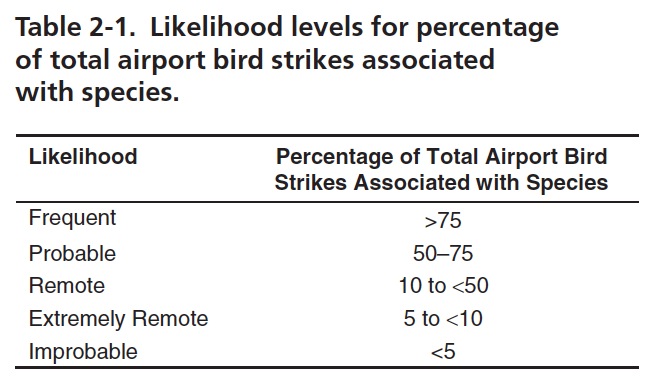
Airports have historically incorporated BMPs to comply with these requirements, such as stormwater detention ponds and vegetated swales, many of which have exposed open water, vegetation, and other design characteristics that attract wildlife. Research shows that 10 of the 15 bird species most hazardous to aircraft are highly attracted to these types of water features (DeVault et al. 2011)…To address this hazardous wildlife concern, the FAA has established guidelines for airport stormwater management to provide for aircraft safety.
View this complete post...Airport Cooperative Research Program: Annual Report of Progress
Wednesday, January 28th, 2015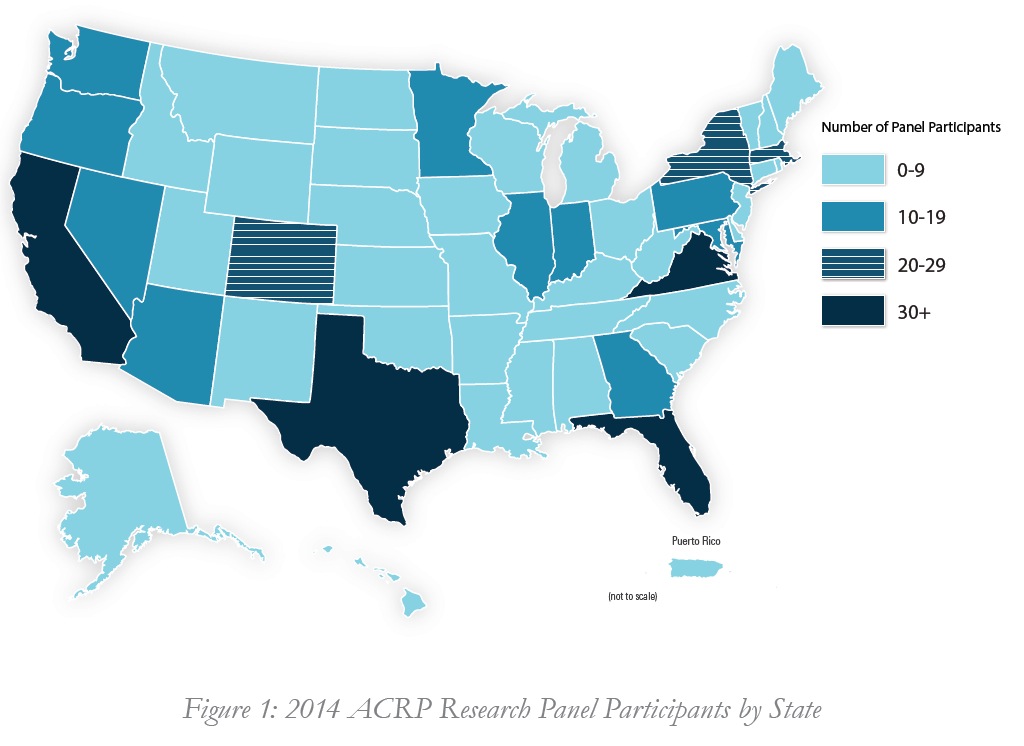
TRANSPORTATION RESEARCH BOARD
The shift in the airport industry—from predictable traffic and passenger levels to economic instability, capacity constraints, and congestion—has required airport practitioners to respond with creative problem solving. ACRP has been offering practical, hands-on software guidance, modeling tools, sample planning documents, best practices, worksheets, checklists, and more since 2006.
Estimating Bicycling and Walking for Planning and Project Development
Monday, August 18th, 2014When to Use Existing Pavement in Highway Maintenance
Tuesday, August 12th, 2014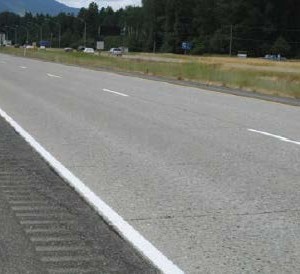
THE SECOND STRATEGIC HIGHWAY RESEARCH PROGRAM (SHRP 2)
This report documents the findings from the second Strategic Highway Research Program (SHRP 2) R23 project, Using Existing Pavement in Place and Achieving Long Life. This project falls within the SHRP 2 Renewal area, which focuses on improving the ability of highway agencies to design and construct long-lasting highway projects with minimal disruption to the traveling public. The project found that construction costs and time can be greatly reduced if the existing pavement can be used in place for part of the rehabilitation solution.
How to Invest in Fixed-Guideway Transit
Thursday, July 31st, 2014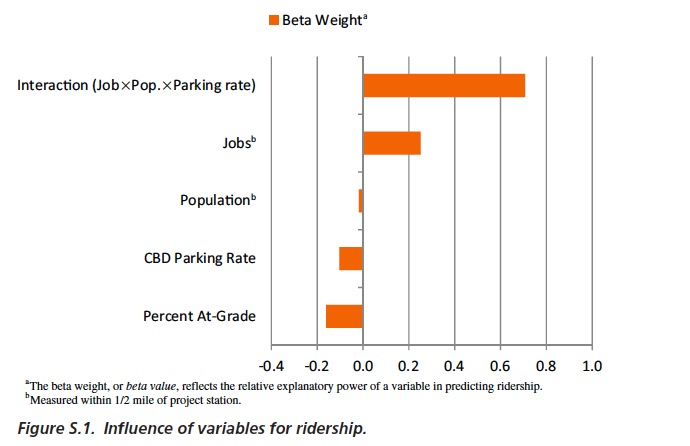
TRANSPORTATION RESEARCH BOARD
Fixed-guideway transit projects, such as urban rail and bus rapid transit (BRT) lines, are among the largest infrastructure investments that cities and metropolitan areas make. With capital costs ranging from tens of millions to several billion dollars, decisions on whether to build a fixed-guideway transit project, and what kind of project to build, are not taken lightly by local officials or their funding partners. Such decisions may follow many years of planning and analysis at the system, corridor, and project levels. It can cost millions of dollars just to develop and apply the analysis tools that are typically used to evaluate alternative projects.
The Effect of Smart Growth Policies on Travel Demand
Tuesday, July 22nd, 2014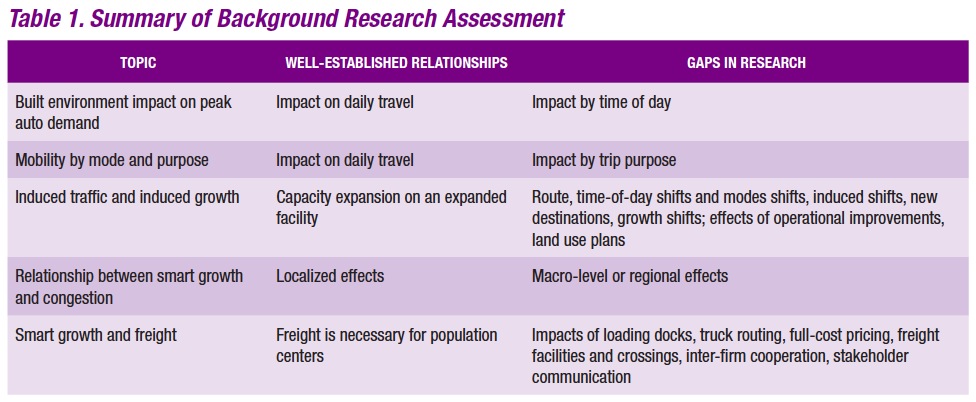
STRATEGIC HIGHWAY RESEARCH PROGRAM
TRANSPORTATION RESEARCH BOARD
While the transportation-land use connection and the impact of various smart growth strategies on travel demand are well-documented, practical guidance and tools for interpreting these insights to make them useful at key project decision points have been lacking. The objective of SHRP 2 Capacity project C16 was to provide transportation planning agencies with improved tools and methods for more accurately and comprehensively integrating transportation investment decision-making with land development and growth management.
Follow InfrastructureUSA
CATEGORIES
- Accountability (219)
- Aging Infrastructure (747)
- Aviation (130)
- Biking (323)
- Bipartisan (271)
- Bridges (491)
- Broadband (57)
- Buses (160)
- Carbon Tax (22)
- Clean Air (182)
- Climate Change (199)
- Competitiveness (229)
- Congestion (327)
- Dams (77)
- Democrat (123)
- Drinking Water (190)
- Economic Stimulus (275)
- Employment (207)
- Energy (584)
- Environment (615)
- Equity (239)
- Funding (879)
- Global (205)
- Great American Infrastructure (33)
- Green (293)
- Guests on The Infra Blog (263)
- Hazardous Waste (27)
- High Speed Rail (224)
- Highway (783)
- Inland Waterways (204)
- Jobs (251)
- Land Use (97)
- LEED (28)
- Levees (42)
- Local (1,909)
- National (1,523)
- Policy (1,121)
- Pollution (214)
- Private Investment (213)
- Public Opinion (189)
- Public Parks & Recreation (194)
- Public Transportation (1,025)
- Racism (6)
- Rail (501)
- Recession (65)
- Recovery (218)
- Republican (109)
- Roads (1,118)
- Schools (79)
- Seaports (66)
- Smart Grid (98)
- Smart Growth (442)
- Solid Waste (26)
- Sustainability (763)
- Tax (112)
- Technology (395)
- Telecommunications (46)
- Transit (1,330)
- Urban Planning (977)
- Wastewater (180)
- Water Treatment (164)
Video, stills and tales. Share images of the Infra in your community that demands attention. Post your ideas about national Infra issues. Go ahead. Show Us Your Infra! Upload and instantly share your message.
Is the administration moving fast enough on Infra issues? Are Americans prepared to pay more taxes for repairs? Should job creation be the guiding determination? Vote now!
What do the experts think? This is where the nation's public policy organizations, trade associations and think tanks weigh in with analysis on Infra issues. Tell them what you think. Ask questions. Share a different view.
The Infra Blog offers cutting edge perspective on a broad spectrum of Infra topics. Frequent updates and provocative posts highlight hot button topics -- essential ingredients of a national Infra dialogue.
Dear Friends,
It is encouraging to finally see clear signs of federal action to support a comprehensive US infrastructure investment plan.
Now more than ever, our advocacy is needed to keep stakeholders informed and connected, and to hold politicians to their promises to finally fix our nation’s ailing infrastructure.
We have already engaged nearly 280,000 users, and hoping to add many more as interest continues to grow.
We require your support in order to rise to this occasion, to make the most of this opportunity. Please consider making a tax-deductible donation to InfrastructureUSA.org.
Steve Anderson
Managing Director
SteveAnderson@InfrastructureUSA.org
917-940-7125












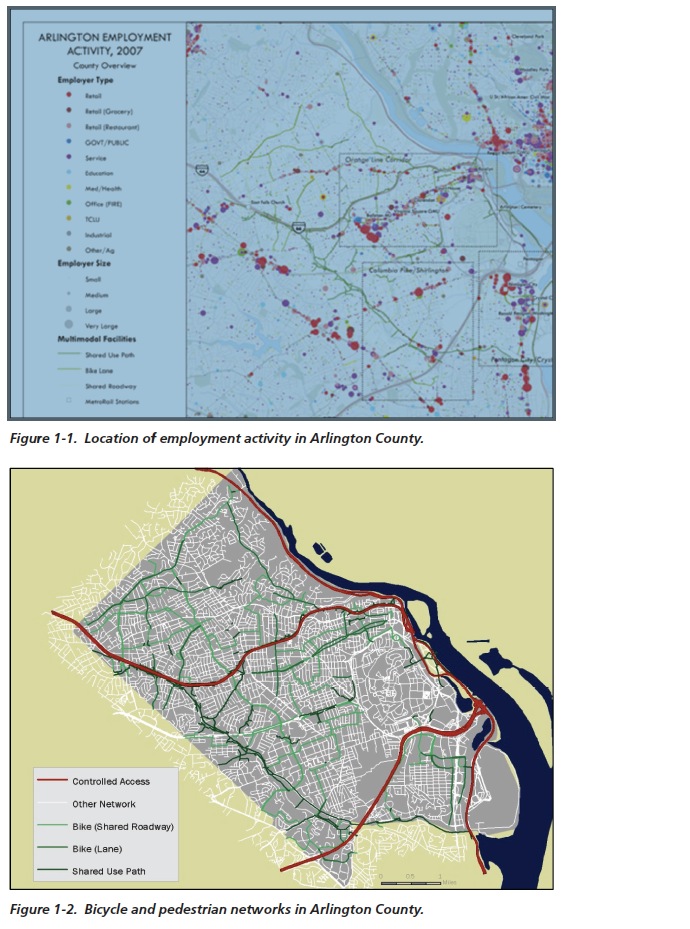

 RSS Feed
RSS Feed